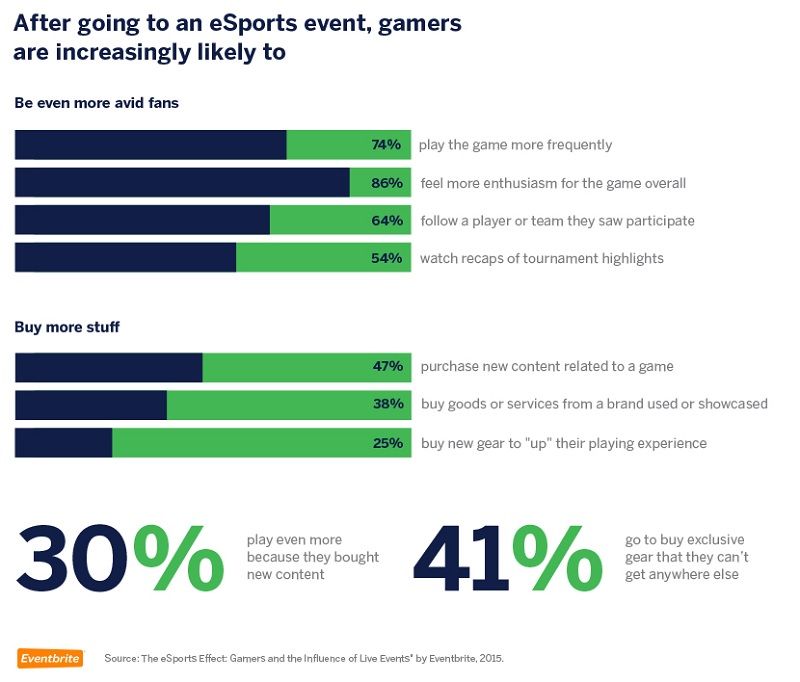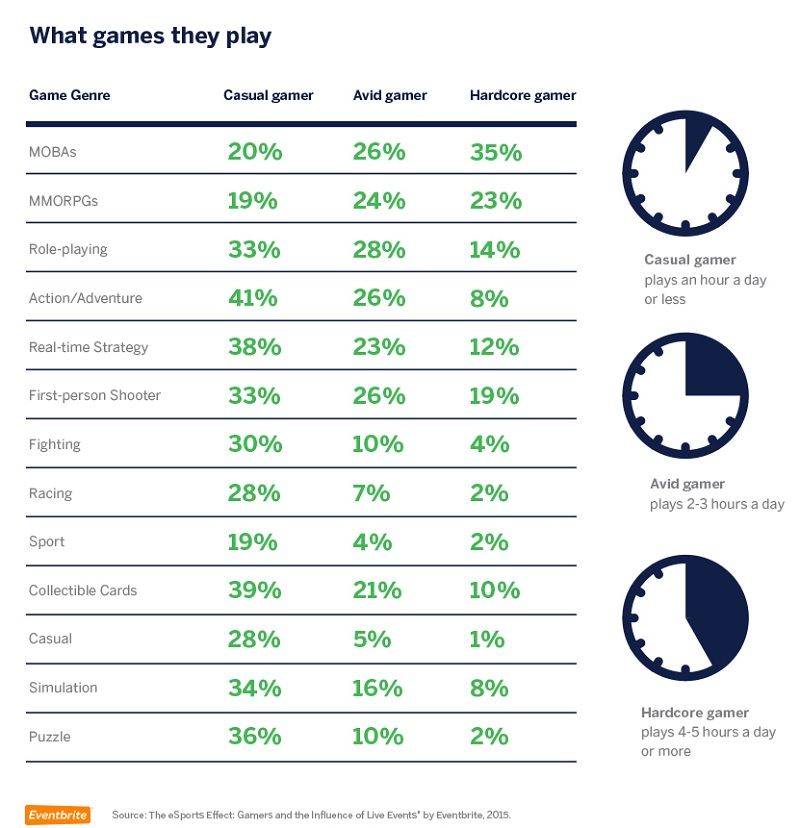The role of public relations is ever more important to the games industry, as more and more games are trying to find an audience in an increasingly crowded market, and keep that audience engaged for a long time. Crafting and disseminating the right messages for a game or a company is therefore a more important task than ever before. At the same time, the tools available to bring a message to people have undergone a massive evolution. There’s a dizzying array of social media, new technologies, and an audience that’s bombarded with more messaging than ever before.
The [a]listdaily reached out to some experienced PR professionals to find out some answers about how PR has changed and will continue to change. In consideration of the fact that these professionals need to deal with a wide variety of clients, it was agreed that keeping their identities concealed was for the best. After all, it’s the messages that are important here, not the messengers – yet another key thing that PR professionals are acutely aware of at all times.
Of course, the foundation of public relations is still intact. “In many ways, the job of the PR professional hasn’t changed,” one long-time PR exec said. “It’s still about providing great service to clients, getting coverage for their news, building buzz and ultimately helping define the brand. Much of the blocking and tackling of achieving those goals is the same: building and maintaining relationships with media, developing messaging and story ideas with clients, pitching those stories, monitoring the media messages, etc. There may be more tools now to do the job; but at the end of the day, quality coverage translates to ROI, and that’s what clients are looking for.”
Still, the job of public relations, and especially PR for gaming, has definitely changed over the past few years. “Public relations today is about eight galaxies away from the original construct of the art many years ago,” said a PR veteran who’s worked for some of the largest companies in the business as well as startups. “Those best trained in the original art of PR have great depth of experience to offer but staying on and creating the leading edge of what PR really is today is essential. A key component is that ‘launching and leaving’ is the traditional method for PR — you get the word out there and then go on to the next thing, with manicuring and refreshing as needed. Today, you must be in touch every minute and know what on the Internet or other avenues is essential and what is just noise. PR is about working on living and breathing products and issues..that is what the Internet has done.”
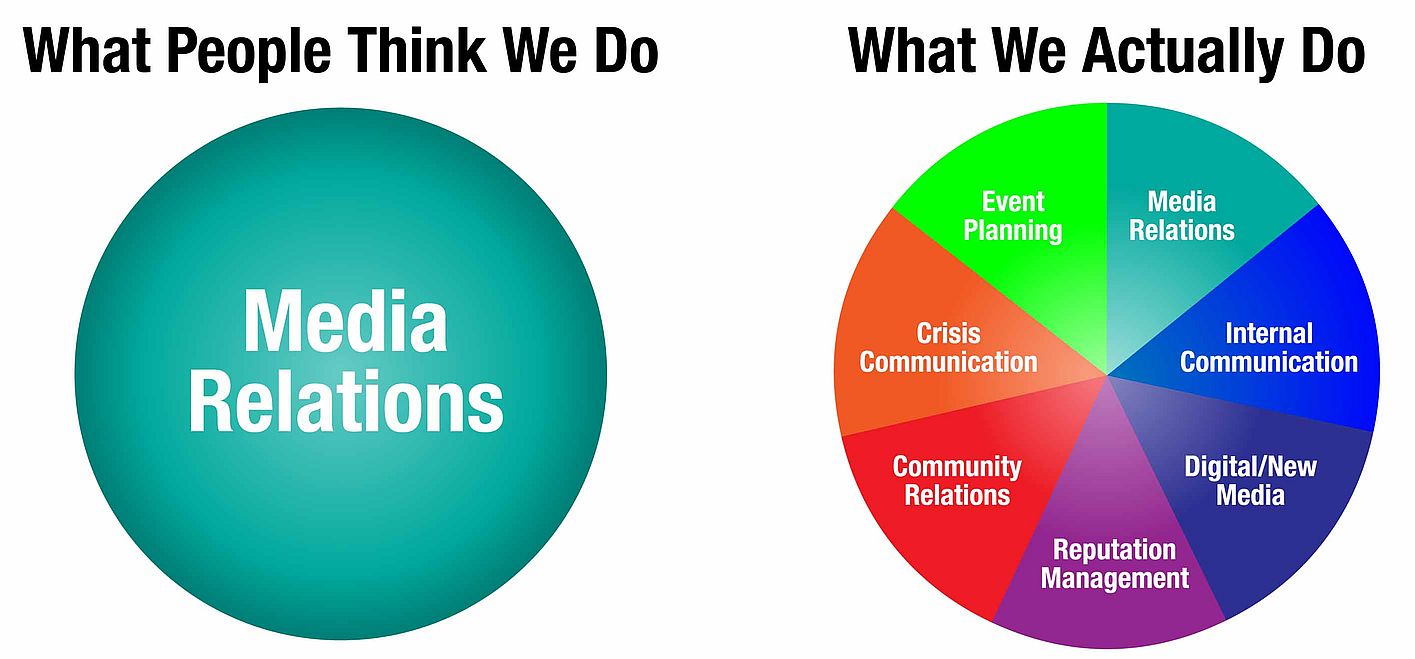
The changes in games have led directly to changes in PR strategy — it’s a process, not a point in time you must work towards. “Also, another key changes is the death of the structured , quarterly or twice yearly product release cycle,” the veteran noted. “Products today are living, breathing properties so it’s not all about one big launch, but instead, an ongoing process for new releases, updates, issues, passionate response from consumers, etc.”
Technology has certainly affected how PR does its job. “Generally, there have been some significant technology changes in the past few years that have affected PR,” noted the PR exec. “Take social media. It’s become a communication channel not only for sharing stories but for maintaining relationships. The PR person needs to be adept at using these tools, at understanding how they affect and drive communications and stories, and at how to monitor them.”
“More tools, including social media, now also exist to capture in real time (or almost real time) what coverage has happened, which makes the life of a PR person easier in the sense that they can understand quickly what the media landscape is, what storylines are filtering to the top, what sort of coverage they’ve captured for a story, etc,” continued the PR exec. “That transparency also means the client has access to similar information, so the PR professional is in some ways more accountable. I think that’s a good thing, though, as it ultimately drives up the quality of PR efforts across the board.”
While technology has made some parts of the PR job easier, it’s also meant that PR professionals need to be on top of their game at all times. “Speed is also a factor in today’s PR world,” said the PR exec. “The news is traveling and spreading faster than ever, disappearing faster, morphing faster — all of which means a PR person’s reaction times need to be faster than ever.”
“PR, like game, is an art, not a science, so in this way, the two areas are emotionally simpatico,” said the PR veteran. “Truly successful PR today works strategically and powerfully on all cylinders of media relations, social engagement, influencer work, consumer hands-on and input, and having a strong position on why your product is worth people’s time and being able to articulate it extremely well.”
While good PR, like good marketing, is a powerful accelerant to the success of a good game, it’s not sufficient to drive a poor game to greatness. “As the industry has matured and the number of digital entertainment products available to players today is growing by the minute, the one great divide and challenge for PR is in promoting a product that isn’t of high enough quality to satisfy users,” noted the PR veteran. “If you have an amazing product and a great PR and marketing team, you could be golden. If you have a poor product, and a great PR team, you are lucky. If you have a poor product and an average PR team, don’t launch!”
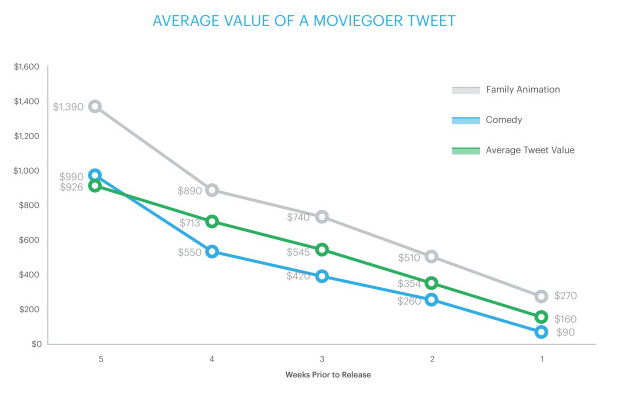
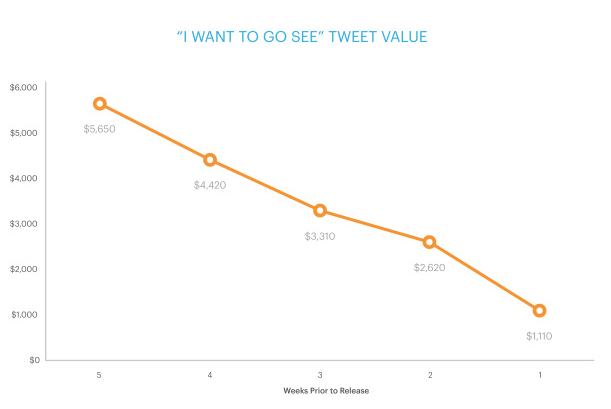
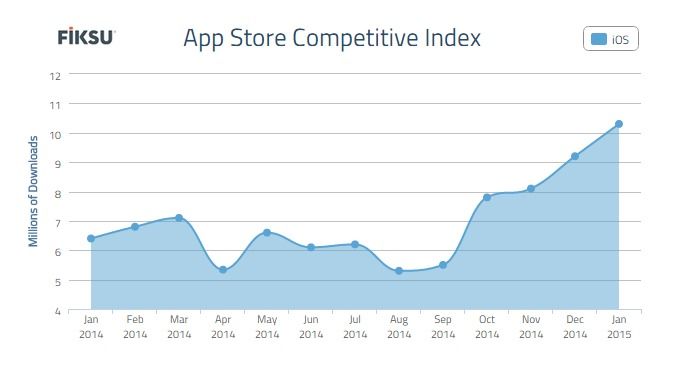
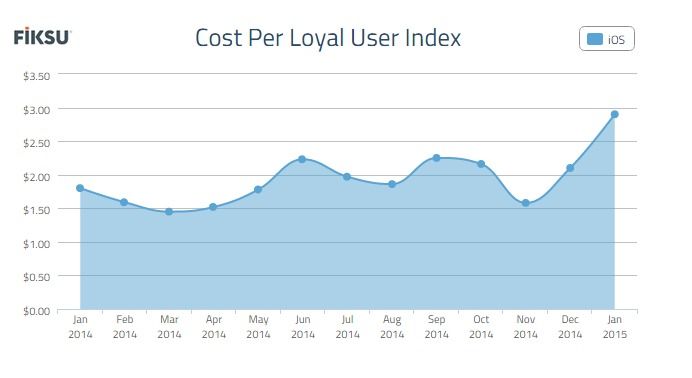
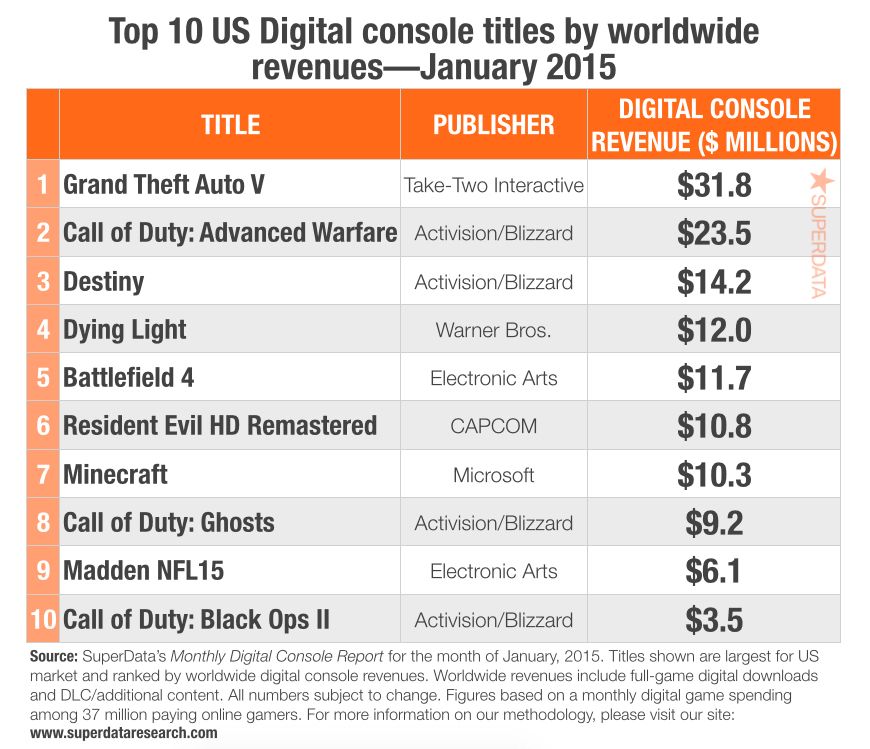
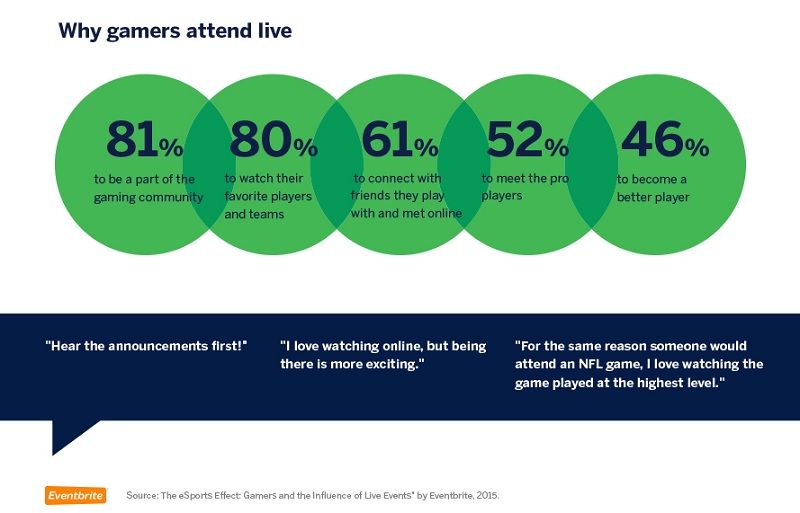
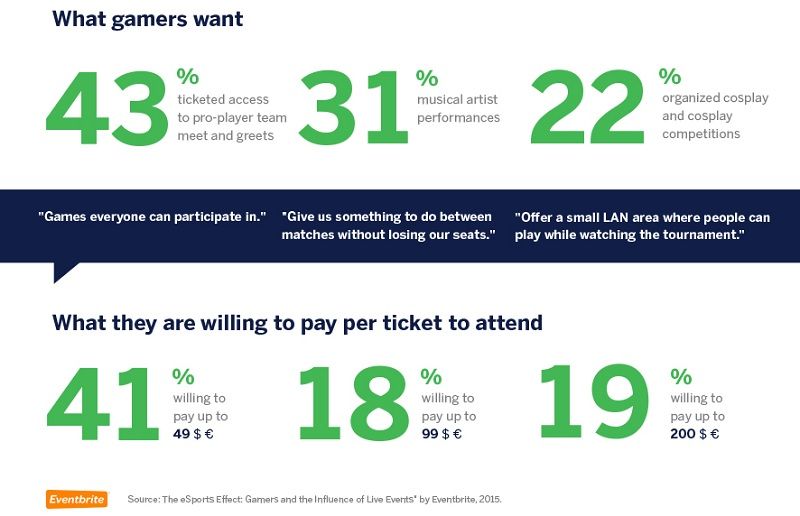
 Christine Bohle
Christine Bohle